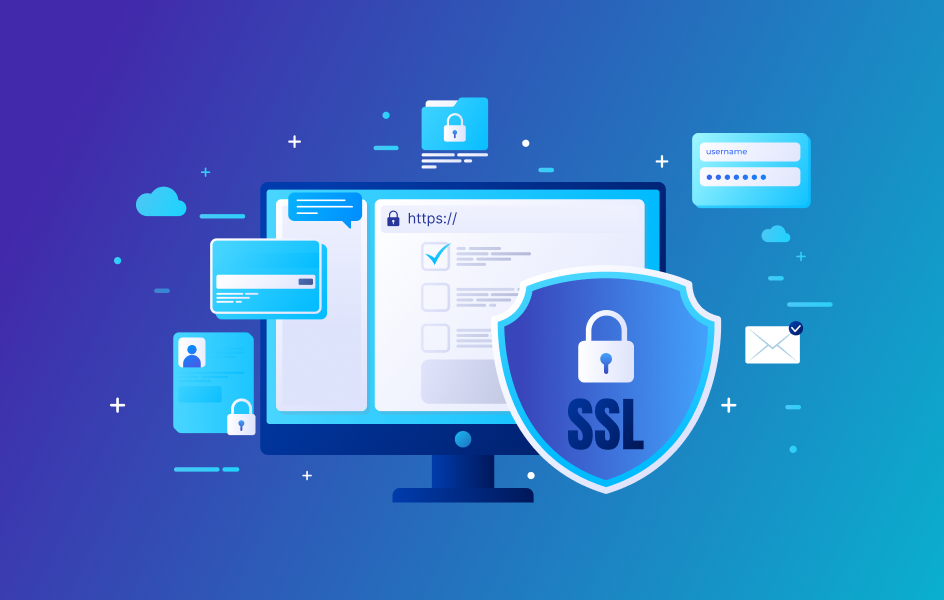How to Replace Your Default ESXi SSL Certificate With a Self-Signed Certificate: a 101 Introduction
Everybody knows that SSL certificates are a must-have for every safe network. However, anybody who has ever worked with ESXi hosts has sometimes had to deal with untrusted certificates, which can become quite tedious. Fortunately, there is a sure fix.
Read more








